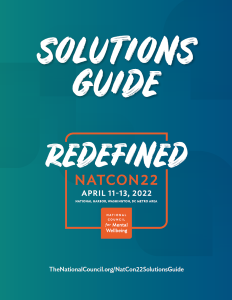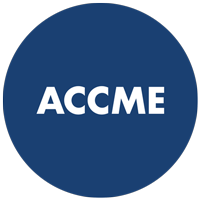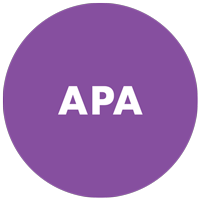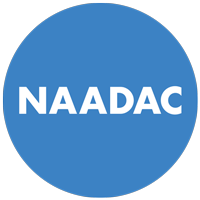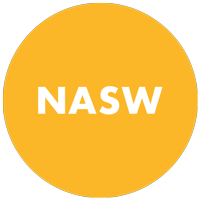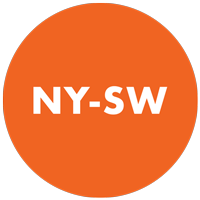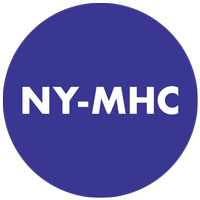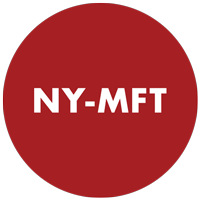Back

Diversity, Equity, Inclusion and Belonging
D4 - Global is Local — Ending Mental Health Disparities
Tuesday, April 12, 2022
2:15 PM – 3:15 PM
Location: Gaylord National, National Harbor 12/13
Unrestricted Track Sponsor by

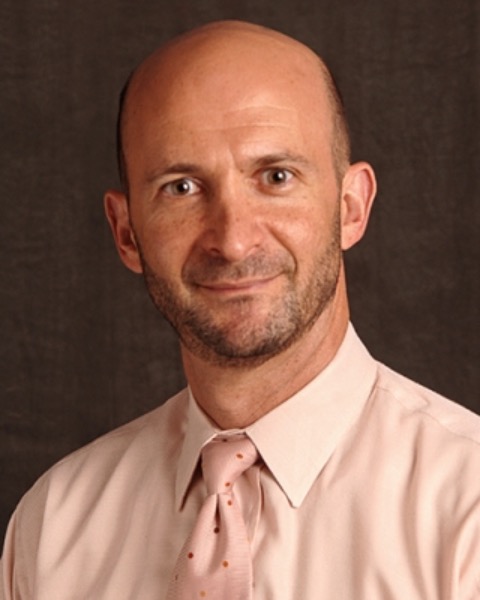
Milton L. Wainberg, MD
Professor, Clinical Psychiatry; Director, Mental Wellness Equity Center
Columbia University/New York State Psychiatric Institute
New York, New York
Workshop Presenter(s)
About half of people in the US will be diagnosed with a mental or substance use disorder during their lifetime. Yet, only half will access treatment, and only half of those will receive high-quality evidence-based treatments. This reality is worse for populations experiencing mental health disparities, including racial and ethnic minorities, socioeconomically disadvantaged populations, underserved rural populations, sexual and gender minorities and those in low- and middle-income countries. Creating a community mental wellness workforce rigorously trained to use the Mental Wellness Tool to efficiently screen, triage and offer short-term evidence-based treatments can help decrease the existing mental health treatment gap.
Learning Objectives:
- Describe the burden of mental and substance use disorders.
- Demonstrate the global and local treatment gap.
- Define the research-to-practice gap and how science can help.
- Demonstrate the scaling-up of comprehensive mental health using 100% task shifting/sharing.
- Describe the electronic mental wellness digital screening, triage and treatment tool.

